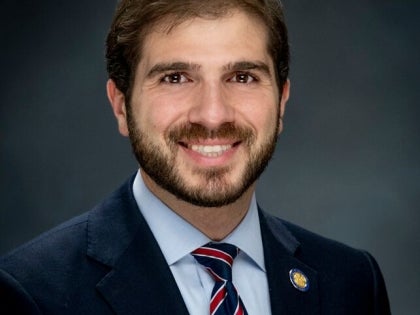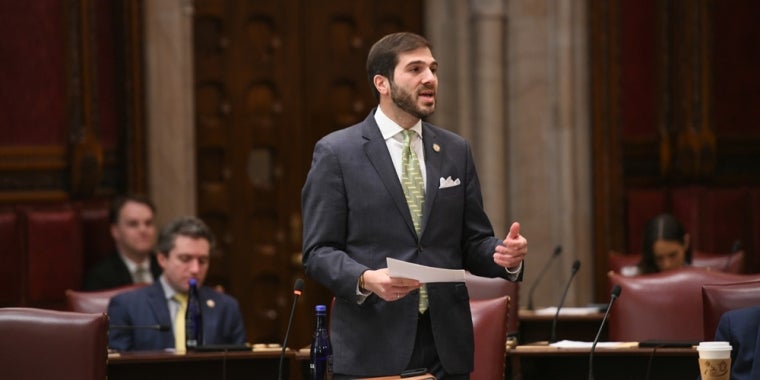
Sen. Gounardes in the Albany Times-Union: My Working Families Tax Credit is the Best Tool for Fighting Childhood Poverty

Commentary: Working Families Tax Credit is the best tool for fighting childhood poverty
The credit, which goes further than Gov. Hochul's proposed increase to the Empire State Child Credit, will make a real difference to New York families.
By Andrew Gounardes and Andrew Hevesi
Ask nearly any working parent in New York, and they’ll tell you the same thing: It’s getting harder to make ends meet.
Groceries, rent, child care, clothes. The cost of raising a family here has become so punishingly high that many New Yorkers have been left with no choice but to leave. Families with children aged 6 or younger are twice as likely to move out of New York City as those without kids. And those who remain are struggling: Nearly one in five New York children now live in poverty.
As the saying goes, “If you can make it here, you can make it anywhere.” But for too many working families, making it here feels impossible.
When Gov. Kathy Hochul signed the Child Poverty Reduction Act, she pledged to cut New York’s child poverty in half by 2031. To identify the best ways to achieve that goal, she created the expert Child Poverty Reduction Advisory Council. After over two years of work, CPRAC last month published its final recommendations to turn poverty reduction from a goal into actionable policy. The report’s top recommendation comes as no surprise: Expand the child tax credit to put more money in parents’ pockets.
We’ve seen this policy work before. When the federal government expanded the federal Child Tax Credit during the COVID-19 pandemic, they lifted nearly 3 million children out of poverty, a record. But Washington dropped the ball and let the expanded credit expire; since then, child poverty nationally hasmore than doubled.
This month, Hochul announced a proposal to increase the Empire State Child Credit to up to $1,000 for children under four and $500 for those aged 4-16. That’s a great start, but to truly meet the moment and give families the support they need, we have to go further.
The advisory council’s top recommendation is essentially identical to our proposal for a Working Families Tax Credit. It’s a game-changing policy that would slash child poverty and expand the middle class.
Our Working Families Tax Credit would raise the maximum credit to $1,600 per child, guarantee a $100 minimum credit per child, eliminate the cap on the number of eligible kids and pay out the benefit quarterly instead of once per year. It would also eliminate the regressive phase-in model that nonsensically excludes families deemed “too poor” to receive the credit, and close loopholes like the exclusion of 17-year-olds.
What would that mean for New Yorkers? Imagine a family of four with a toddler and school-age child — maybe one parent works a retail job while the other is a janitor — that brings in $65,000 annually. They receive just $660 under current tax policy. Under the governor’s proposal, they’d get $1,500. But under our Working Families Tax Credit, they’d receive at least $3,200, a transformative amount of money to help pay for groceries, clothes and rent. Plus, our credit would be pinned to inflation, so support for families will grow even if costs rise.
We have both a legal and moral obligation to ensure no child goes to sleep hungry. If we’re serious about tackling New York’s affordability crisis, we should follow the recommendations of the governor’s own expert panel and pass the full Working Families Tax Credit this year. We have all the data we need.



